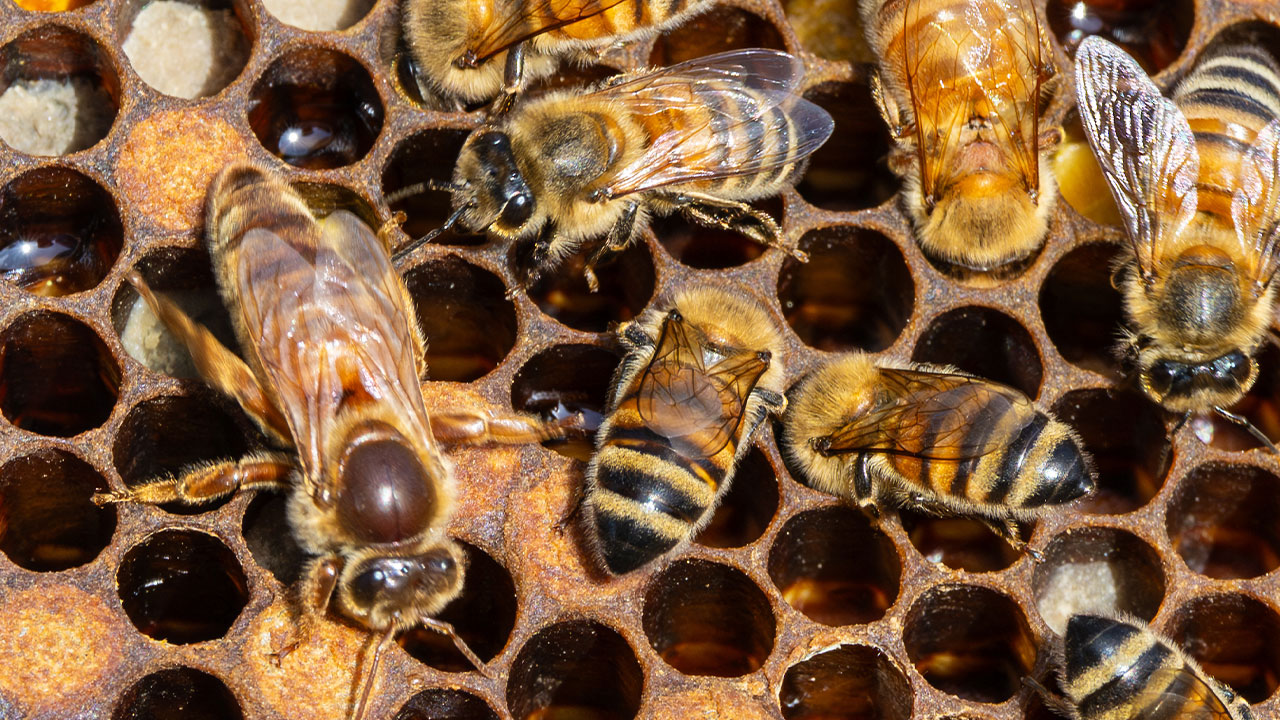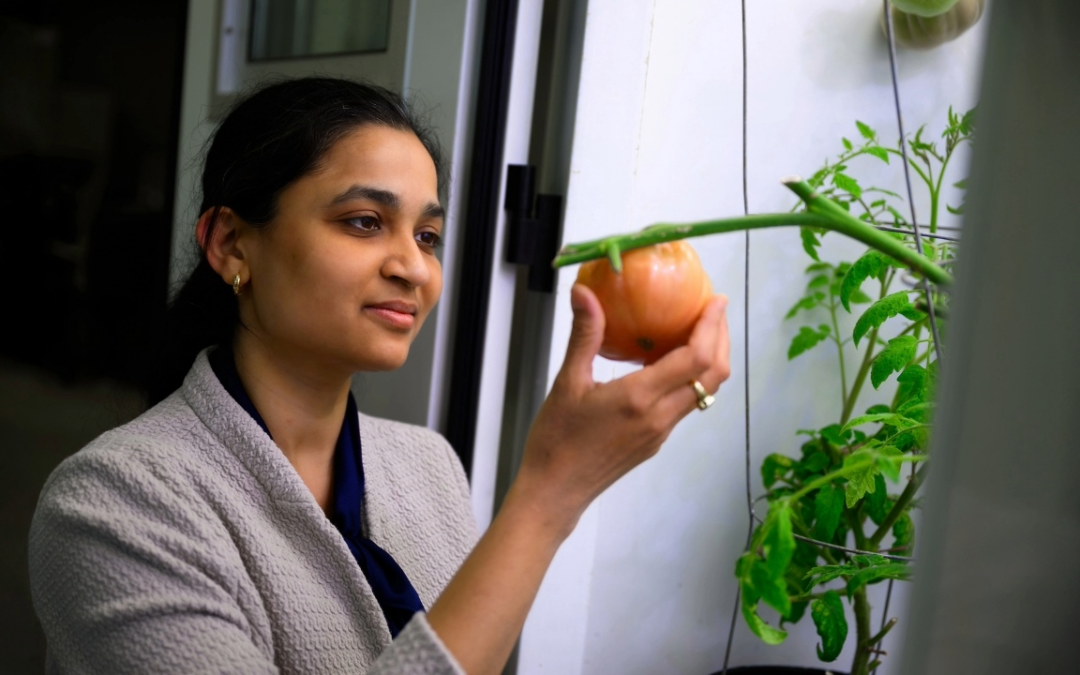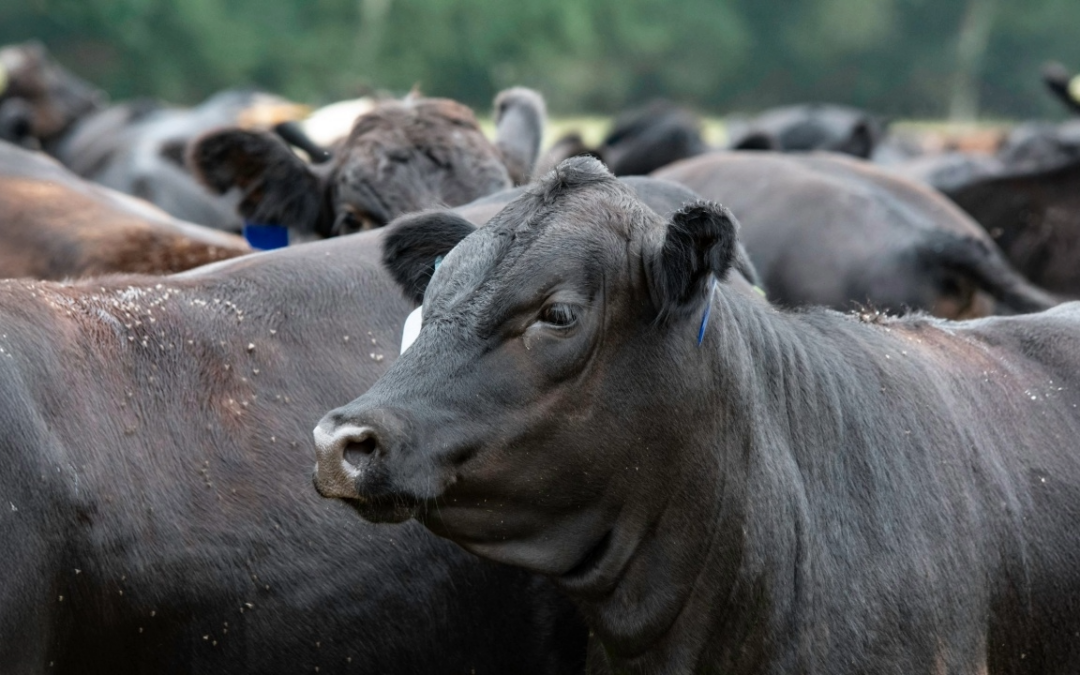The annual U.S. Beekeeping Survey results are in for the 2024-2025 calendar year. In collaboration with Auburn University, the Apiary Inspectors of America, Oregon State University and others, the national survey estimated that 55.6% of managed honey bee colonies were lost in the country between April 2024 – April 2025.
This is a 0.5 percent point increase from last year’s survey results. Based on the results from the survey, U.S. beekeepers experienced record-high losses for the 2024-2025 season for the second year in a row.
“These high losses were unfortunately anticipated given reports that came from commercial beekeepers earlier this year,” said Geoff Williams, associate professor at Auburn University and director of the Auburn University Bee Center. “Losses this year appear to be driven by higher than usual losses by commercial beekeepers during winter.”
Results from this year’s U.S. Beekeeping Survey also corroborated findings from a separate survey focused on commercial beekeepers earlier this year that was coordinated in part by the non-profit Project Apis m. While the two surveys are not directly comparable, both highlight elevated winter losses among commercial beekeepers.
The Project Apis m. survey, with its strong participation from commercial beekeeping operations, offers a detailed snapshot of the challenges facing that sector. The USDA suspects that the parasitic mite Varroa destructor, and some viruses its vectors, are to blame.
This year, the estimated 55.6% colony losses are at their highest loss rate since the annual survey collection began in 2010.
2,453 beekeepers across the U.S. participated in this year’s survey. The beekeepers managed 219,097 colonies nationwide, which represents approximately 8.4% of the honey producing colonies in the country, according to the USDA. During the 2024-2025 survey, annual colony losses among states ranged from 34.3% to 90.5%, which is higher than the previous year’s range of 17.7% to 76.2%.
According to the survey, it was reported that winter losses were particularly elevated, with an estimated 40.2% of colonies lost. Winter losses exceeded all historical averages since the survey began, including the previous year’s high of 37.7%.
As loss rates continually rise, U.S. beekeeping operations must find ways to improve production to meet demand. Approximately 75% of crop production depends on pollinators, so without honey bees, U.S. food supply would be significantly affected.
“Remarkably, many beekeepers have shown exceptional resilience by working to rebuild their colonies and sustain pollination services; efforts that come at significant cost in time, labor, and resources. Consecutive annual losses at these levels jeopardize beekeeping businesses,” said Danielle Downey, executive director of Project Apis m.
Agostina Giacobino, a postdoctoral fellow at the Auburn University Bee Center, encourages beekeepers to incorporate integrated pest management strategies to promote colony health.
“Monitoring parasitic mites and being aware of available management strategies and tools can help beekeepers preserve colonies,” Giacobino said. She also acknowledged the logistical challenges that exist in implementing many of these practices, especially for commercial beekeepers.
Extension agents and specialists across the country are also available to help, offering resources to beekeepers — both commercial and hobbyists — throughout the year.
“Many of us offer free or reduced-price online courses, in-person classes and field days to provide beekeepers with hands-on learning experiences and expert guidance,” said Selina Bruckner, assistant professor of apiculture for Alabama Cooperative Extension.
Contributors of the 2024-2025 survey include the One Hive Foundation, the National Honey Board, Project Apis m, the North Dakota Department of Agriculture, the American Beekeeping Federation, and the American Honey Producers Association.
Results of the survey can be found at https://apiaryinspectors.org/US-beekeeping-survey-24-25.





